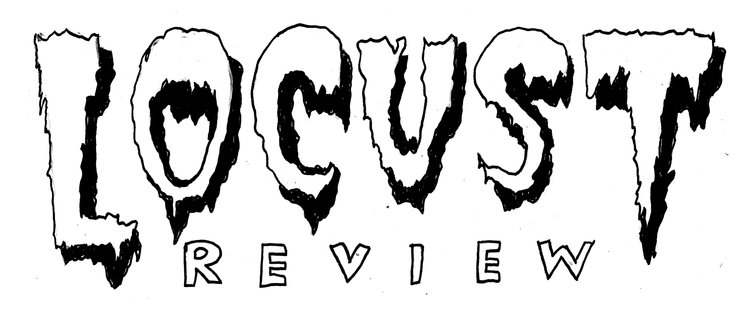Early in US history, graveyards were chaotic tumbles in the middle of cities. In the late 19th century, however, there was a suburbanization of death. Large new cemeteries were built in the farmlands and woods outside town. The ramshackle graves in the cities were sometimes a health hazard but also a site of ideological discomfort for the bourgeoisie. In Chicago, the silty earth near Lake Michigan would sometimes belch up a buried corpse. Wealthy cosmopolitans increasingly envisioned grassy fields with trees housing family mausoleums like estate mansions. Such stately accommodations were out of the reach for workers. For the poor there was a potter’s field.
Read MoreCyborgs! Shoot the Moon
WHAT IF we become cyborgs right before the world ends, and because we are cyborgs we can no longer fear the apocalypse? Does the glowing sky on fire become, in our minds, an Instagram filter?
Read MoreLabor Under An Alien Sky
We found the corpse of Capitalist Realism. Rona-riddled, the initials “ACAB” carved in its forehead. It was discovered in the burnt shell of a Minneapolis police station. On discovery it opened its eyes and stood up and told us to go back to work. We refused. It reached for us, moaning a voracious hunger of unholy sadism, unquenchable violence, an unknowable cosmic horror, stinking of gout and fresh teargas.
Read MoreSUBMIT (art, poems, stories, gestures) to Locust #3
Now here we are. A global pandemic. We are stuck at home, that voice asking “what about the rent?” or “what happens if you lose your job?” or can’t get unemployment getting louder and louder. Or we are saddled with that ignominious label of “essential worker,” unprotected, likely underpaid, always exhausted, always at risk.
Read More